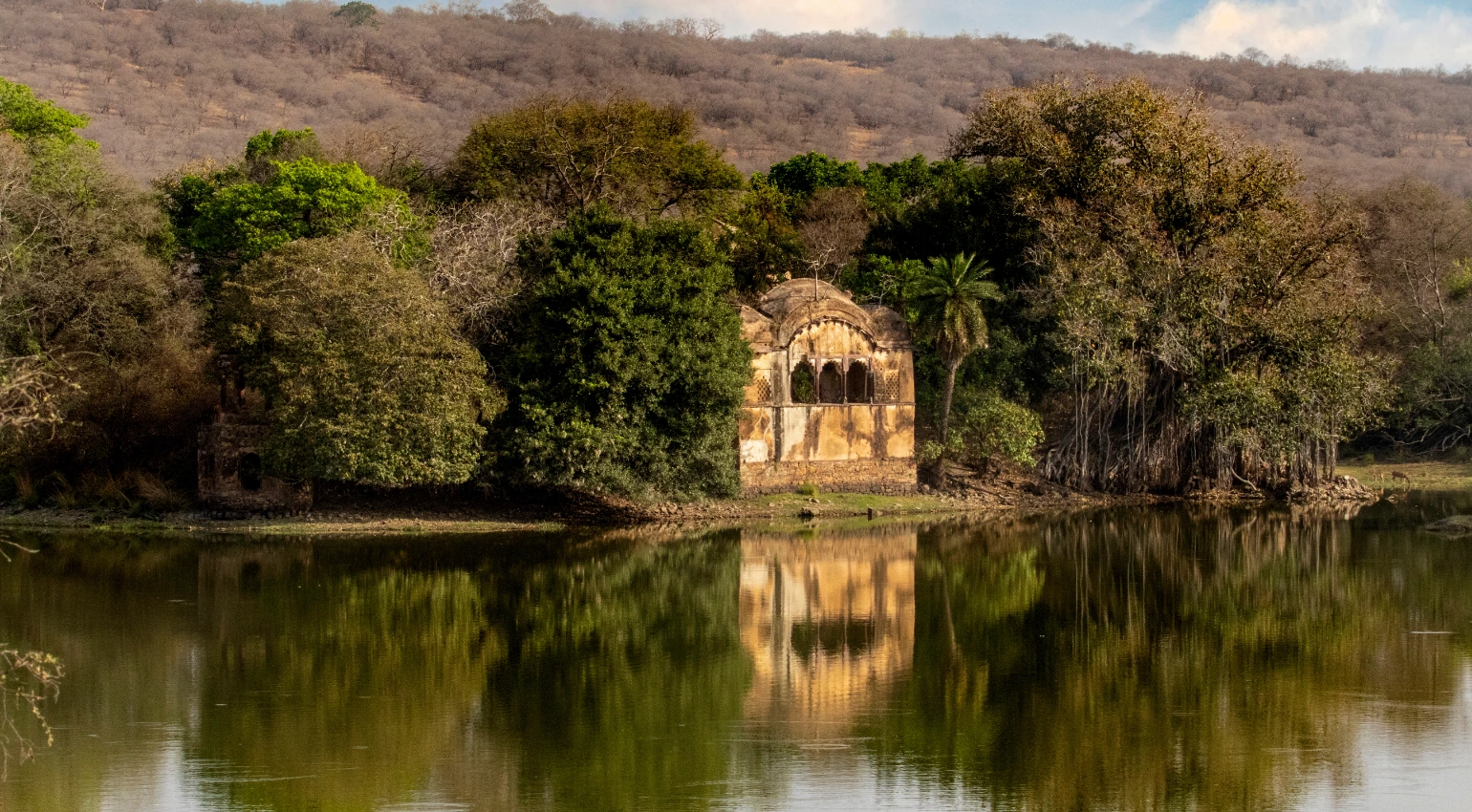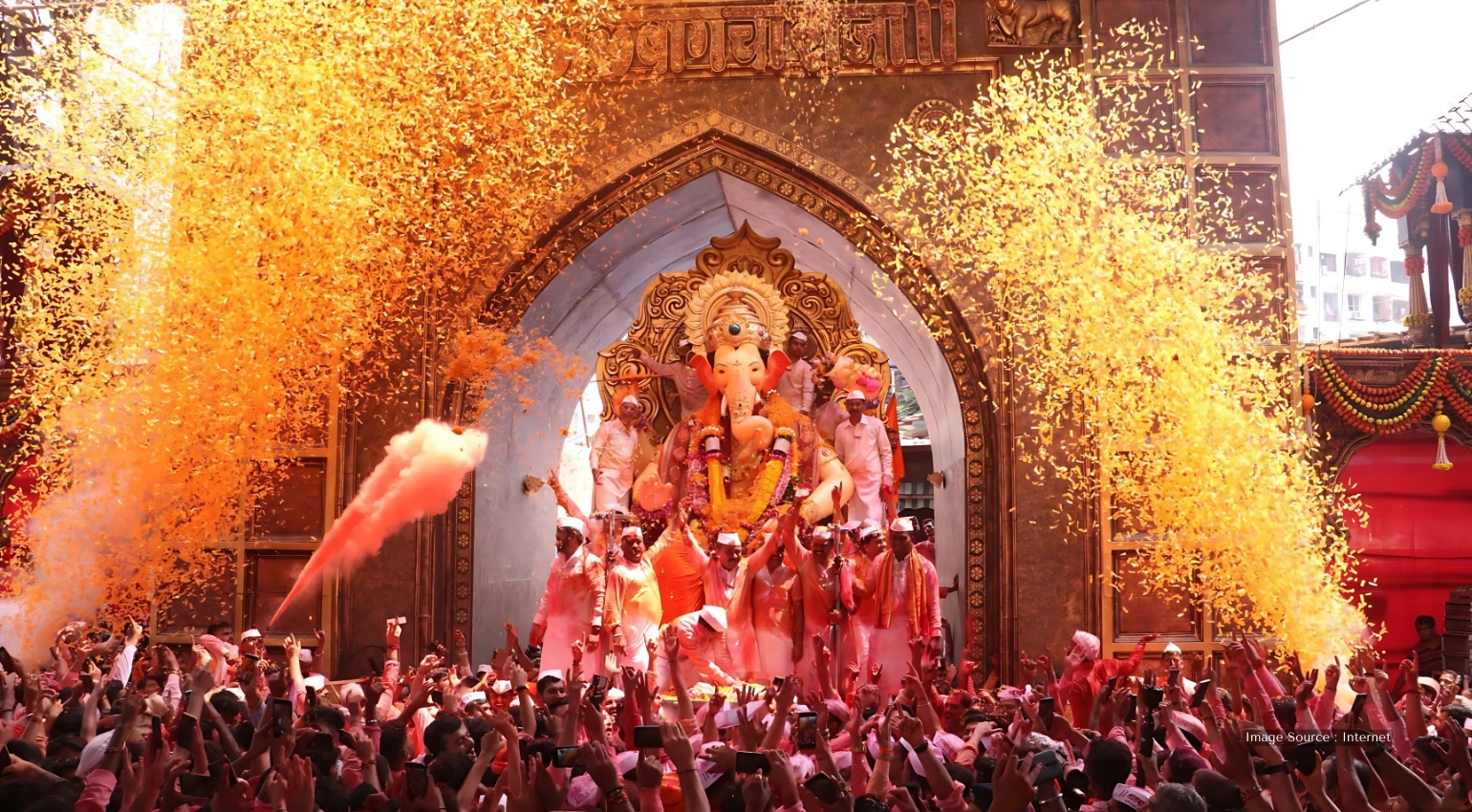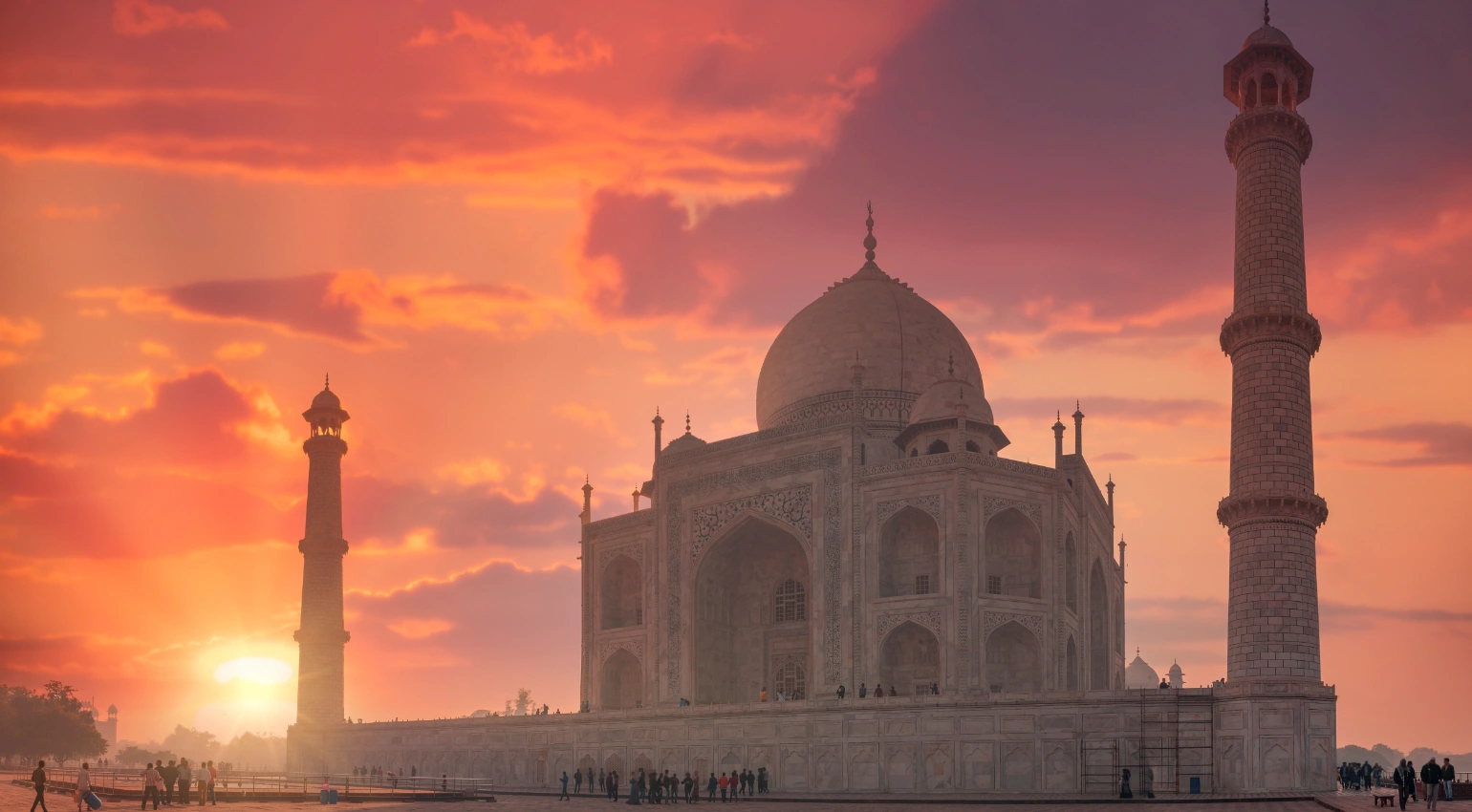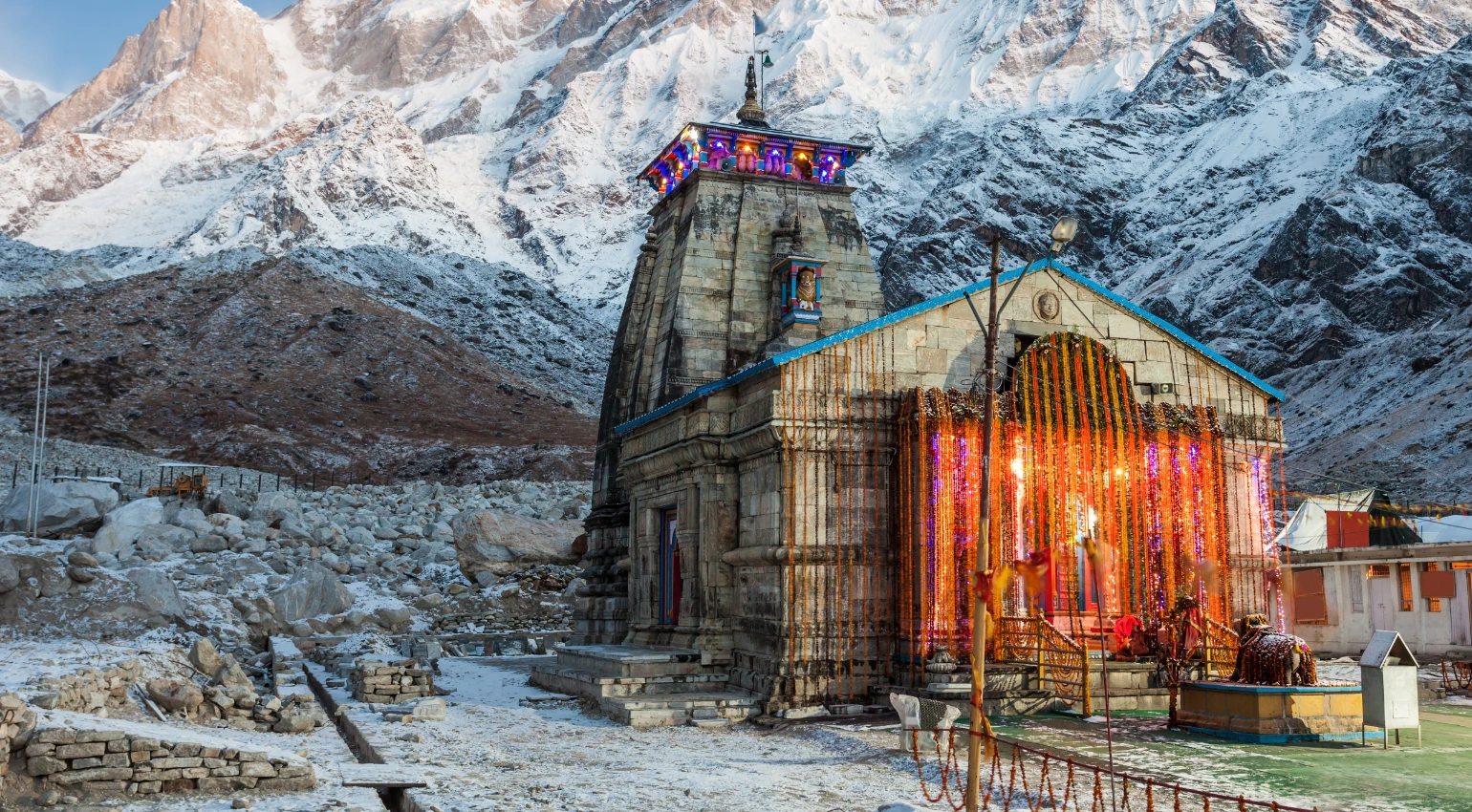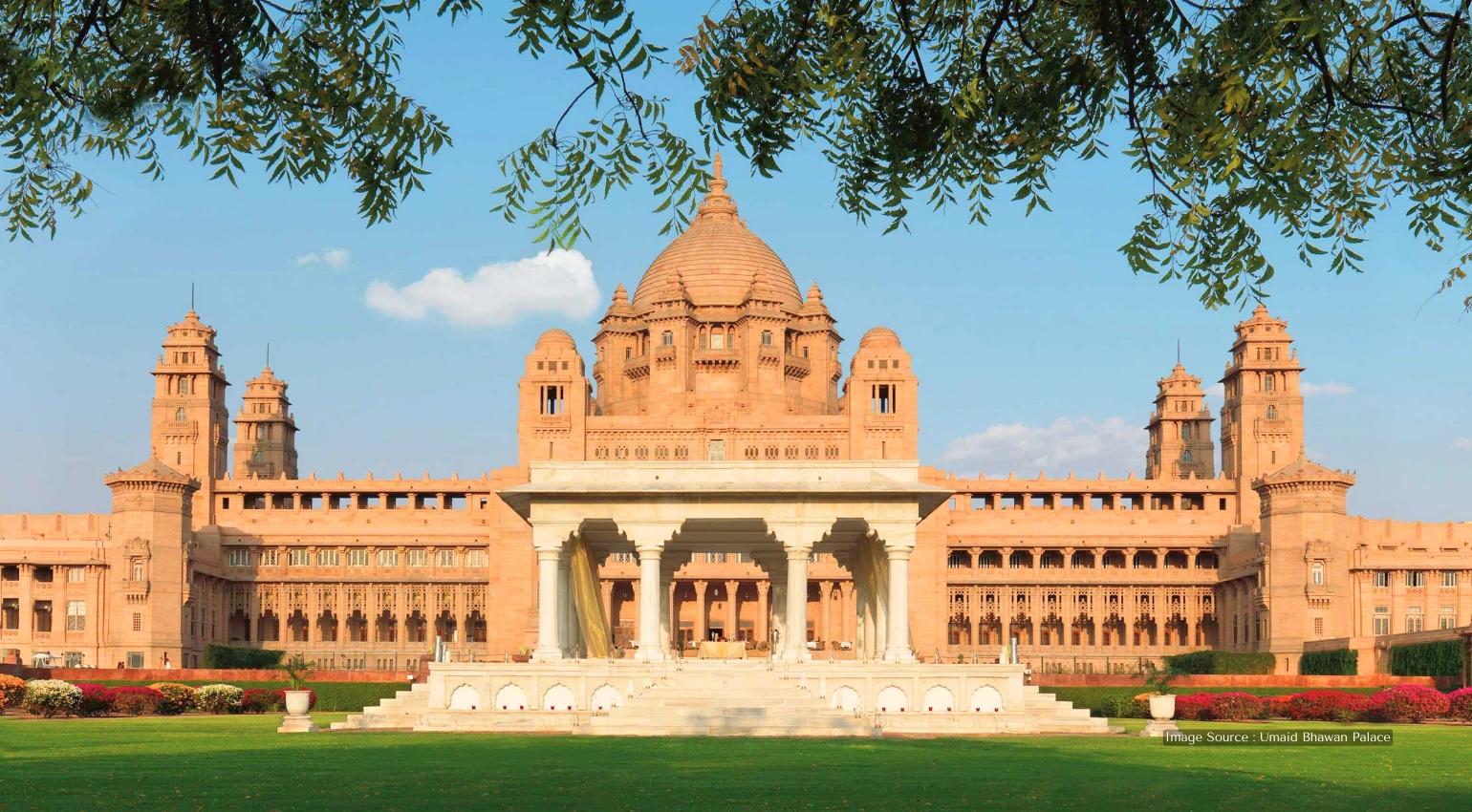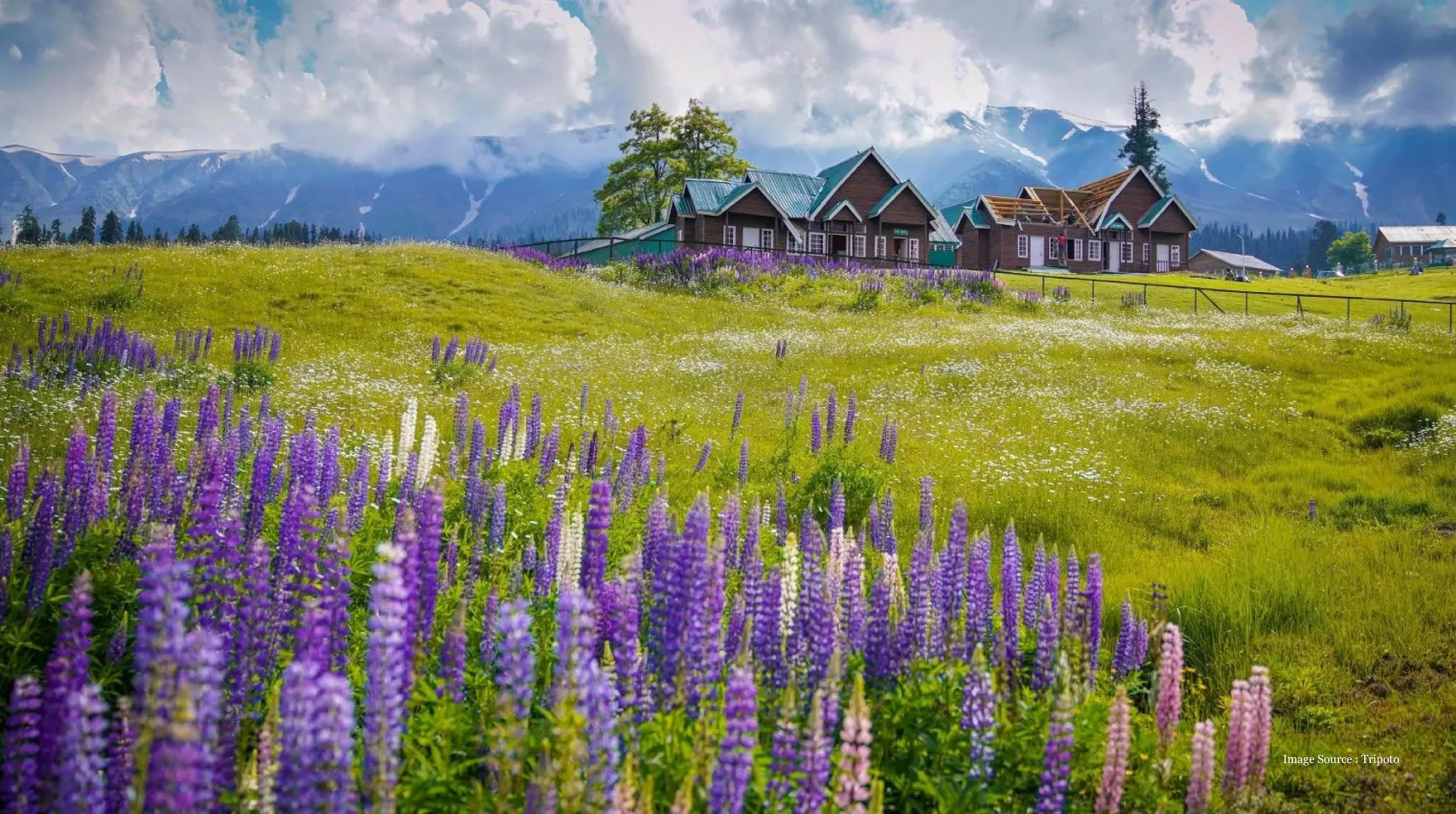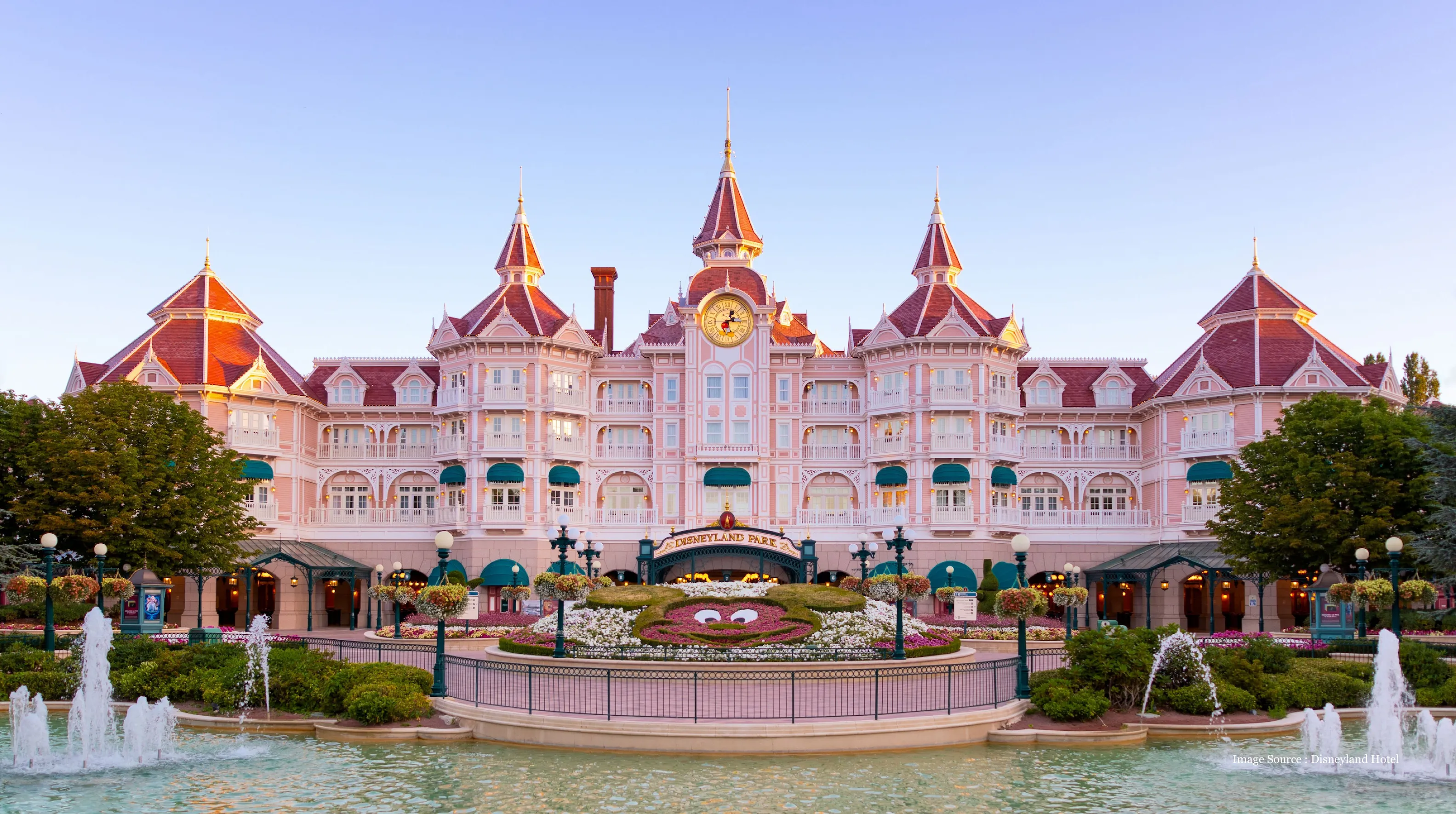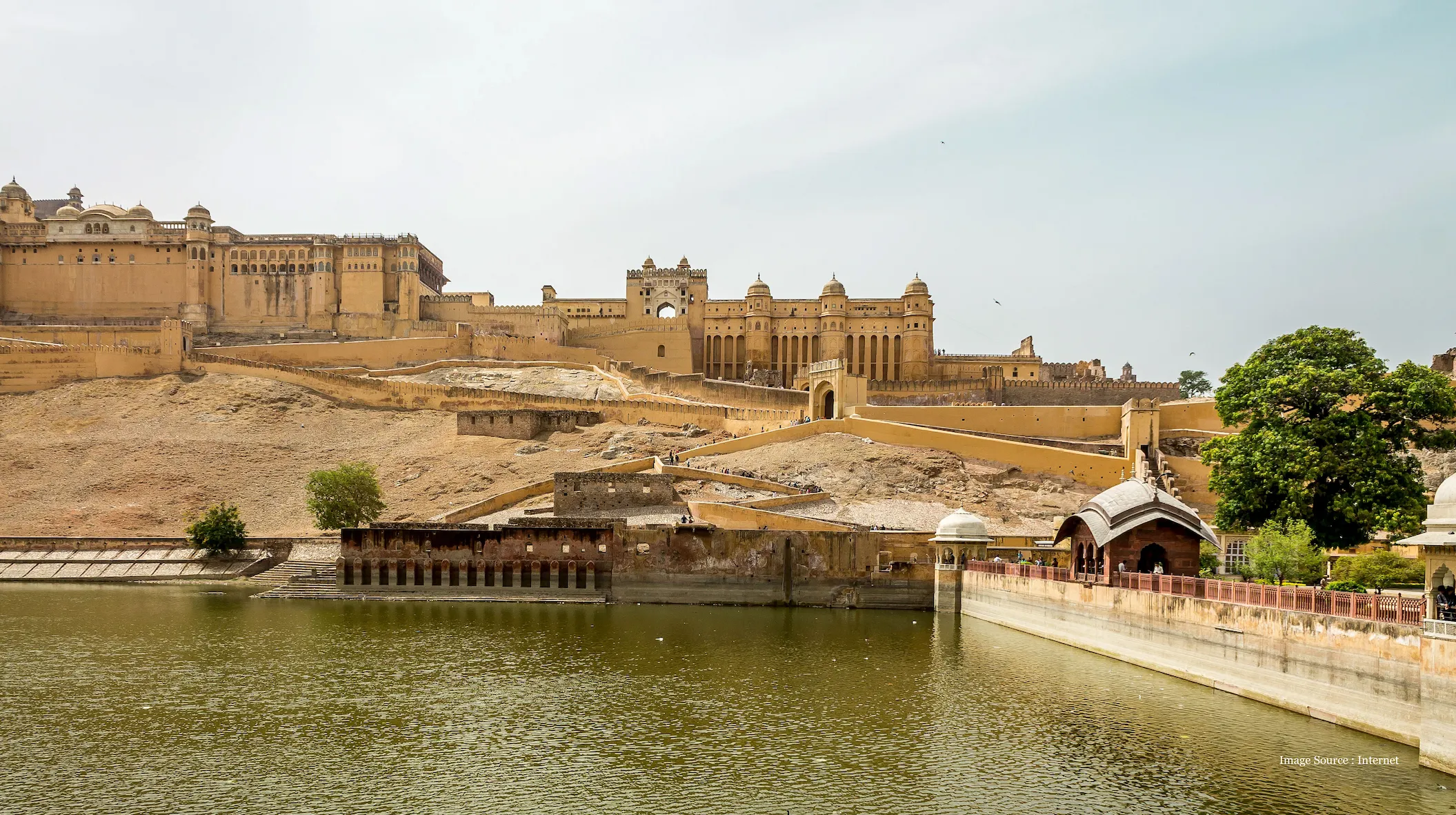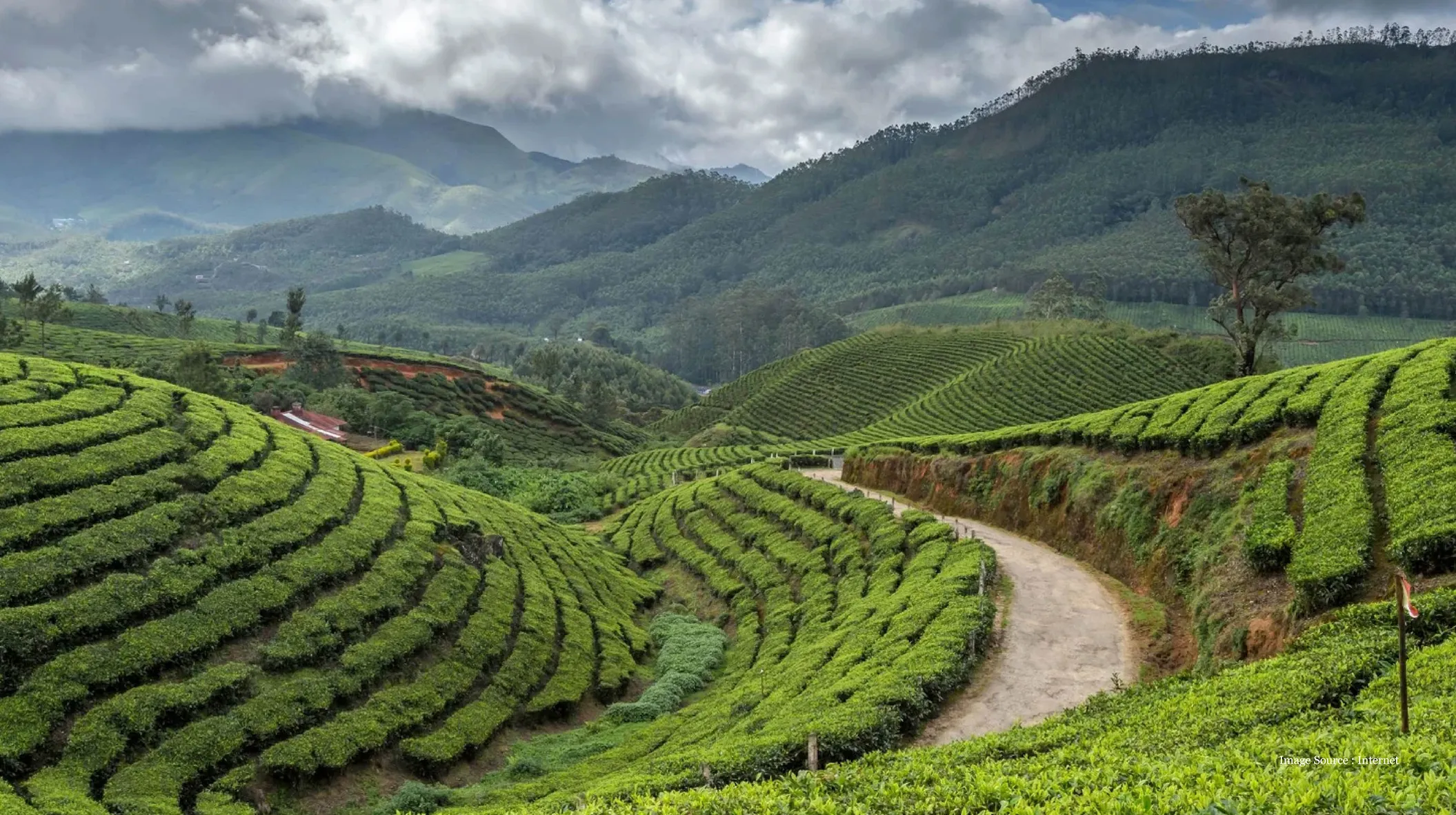- From Angkor's Temples to Hampi's Ruins: Two Destinations, Endless Inspiration
- Jungle-Clad Temples or Rocky Hillsides: Which Landscape Awakens Your Spirit More?
- Serenity Redefined: Forest Retreats in Cambodia or Indian Palace-Inspired Havens
- Exclusive Experiences in Cambodia vs. India: Where Does Your Heart Lean?
- Walk Through Time– Ancient Corridors of Stone or Terraces of History
- The Price of Opulence: Cambodia vs. India
- FAQs
Last Updated : Nov 10, 2025 | Author : Tanya Parsad | View Count : 222 | Read Time : 8 min
India vs. Cambodia: Choosing Between Two Ancient Worlds
When you compare India & Cambodia, they might seem to share enough similarities to make you think they are interchangeable. But when you spend enough time in both, you will realise they’re entirely different experiences, which seem similar on the ancient temples, spirituality, heritage, check and check and check! But the way these destinations make you feel and the pace at which you discovered them is where everything diverges.
From my travel experience in both countries over the years, let me break down what I have learnt, not as some detached observer, but as someone who genuinely loves both the destinations and wants you to pick the one that aligns with what you’re looking for.
What's the major difference between a Cambodia vs. India trip for ancient temples?
Both of these destinations offer an incredible wealth of ancient ruins and spiritual experiences. However, they feel completely different. Cambodia has a more focused and peaceful spiritual experience with temples, concentrated around Angkor Wat. In India, you will find temples and spirituality alive everywhere, but especially in holy cities such as Varanasi, Madurai, and Ayodhya. The contrast and complexity here is a lot more interesting to take in.
Table of Contents:
- From Angkor’s Temples to Hampi’s Ruins: Two Destinations, Endless Inspiration
- Jungle-clad temples or rocky hillsides: Which landscape awakens your spirit more?
- Serenity redefined: forest retreats in Cambodia or Indian palace-inspired havens
- Exclusive experiences in Cambodia vs. India: Where Does Your Heart Lean?
- Walk through time—ancient corridors of stone or terraces of history
- The Price of Opulence: Cambodia vs. India
- FAQ
From Angkor's Temples to Hampi's Ruins: Two Destinations, Endless Inspiration
Walking through the Angkor Wat at sunrise is an experience that still moves me. Seeing those towers reflect in the shimmery lotus pond, I understood why so many photographers have taken that shot. It is one of those moments which becomes iconic because it really delivers. Angkor isn't just one temple though, but an entire ancient city sprawled across hundreds of square kilometers.
Ta Prohm is where tree roots have become a part of the stonework, showcasing our nature takes over and slow motion. The over 200 stone faces, looking at you from every angle in Bayon might be an unsettling sensation, but it’s fascinating at the same time. The best part about touring Angkor is how you can be yourself in Siem Reap and reach every other temple within an hour's drive. You can cover the highlights in about three days.
Hampi is built on an entirely different scale, with its ruins stretching across 26 square kilometers. Its boulder-strewn landscapes are also a haven for adventure-lovers to experience bouldering and rock climbing. The Virupaksha Temple here is still operating as an active place of worship, after a long 1,300 years. When I last visited the temple, I was fascinated to see priests performing the same ceremonies that have barely changed since the Vijayanagara empire ruled most of South India.
Even after spending five days in Hampi, I feel like I’d only scratch the surface. The Vittala Temple has intricate carving and a beautiful stone chariot, but its most interesting part are the musical pillars that actually produce different notes when struck. There were a lot more interesting sites that showed how lives went on in that era. For example, the elephant stables that housed the royal elephants or the Queen's Bath, an ornate bathing complex.
Jungle-Clad Temples or Rocky Hillsides: Which Landscape Awakens Your Spirit More?
Cambodia's countryside is mostly characterised by rice paddies that flood during monsoon and flourish with a brilliant green colour. I had a great time jungle-trekking through the cardamom mountains in the south-west, which remains one of Southeast Asia’s most undisturbed rainforests. Tonle Sap Lake changes its size by expanding and contracting significantly with season, and the floating villages nearby show you a lifestyle unlike anywhere else.
The islands off Sihanoukville have clean whites and beaches and crystal clear waters, which are perfect if you need to decompress a bit after exploring all the temples. Koh Rong and Koh Rong Sanloem too maintain a quiet island atmosphere despite development which seems to be increasing day-by-day.
The Indian subcontinent has a great wealth of landscapes too. Hampi is crossed by the Thunga Bhadra river, with the ruins spread across. You can head to Kerala back or up to Rajasthan deserts or into the Himalayas. This is the beauty of India’s incredible diversity. In Cambodia, these landscapes variations are much more subtle. They are absolutely beautiful, but less contrasting. So, if you’re looking forward to fitting in more diversity in one trip, India should be your choice.
One thing Cambodia has that I really appreciate is accessibility. Distances are shorter and roads are good too. Travel from temples to beaches to the countryside happens without the long drives or domestic flights India sometimes requires.
TL;DR: Cambodia offers rice paddies, floating villages, and beaches close together, while India delivers dramatic landscape contrasts from Hampi's dramatic rock formations to Kerala's backwaters to Himalayan peaks.
Serenity Redefined: Forest Retreats in Cambodia or Indian Palace-Inspired Havens

Phum Baitang, located close to Siem Reap, has boutique villa-style resorts surrounded by rice paddies. And the Song Saa Private Island offers an eco-friendly option while also delivering the castaway fantasy. I stayed at a jungle retreat near Koh Kong once that had maybe fifteen rooms total, built on stilts over a river, with nothing but forest sounds at night. The simplicity felt more luxurious than marble bathrooms somehow.
Cambodia excels at these intimate, nature-focused retreats that help you disconnect completely. The restaurant scene in Siem Reap has gotten surprisingly sophisticated too. Khmer cuisine gets the fine dining treatment at places run by international chefs while maintaining authentic flavors.
India approaches luxury through a different lens. Heritage properties converted from actual palaces and forts give you that royal treatment literally. I've stayed in a 300-year-old haveli in Rajasthan where my room had frescoes on the ceiling and marble jali screens filtering afternoon light into patterns across the floor.
Near Hampi, the Evolve Back resort sits in the middle of nowhere with individual cottages inspired by Hampi's architecture. Private plunge pools, outdoor showers, and service that anticipates what you need before you ask. The spa treatments incorporate local Ayurvedic practices that have been refined over millennia.
What working with a luxury Indian travel agency gets you is access to properties that don't advertise publicly. Palace wings that royal families rent out to select guests. Heritage hotels in places you'd never find online. The 24/7 white-glove concierge support means when plans shift, someone handles it seamlessly. Cambodia's luxury feels more aligned with modern wellness trends. India's luxury connects you to centuries of hospitality traditions where treating guests like royalty isn't marketing copy but actual cultural practice.
Reserve Your Royal Palaces tour
Exclusive Experiences in Cambodia vs. India: Where Does Your Heart Lean?
When you visit Cambodia, exclusive experiences often involve getting away from other tourists. Private dawn visits to lesser-known temples. Helicopter tours over Angkor that give you perspective on the ancient city's true scale. Cooking classes in countryside homes where grandmothers teach you recipes passed down through generations.
I once joined a private tour with an archeologist who'd worked on Angkor restoration projects for decades. We spent the day at temples most tourists skip, and he explained the symbolism in carvings that I'd walked past a hundred times without really seeing. That context transformed everything.
Cambodia trip planning becomes special when you go beyond the standard routes. Exploring the temple mountains in Preah Vihear province near the Thai border. Visiting pepper plantations in Kampot where the world's best peppercorns grow. Kayaking through mangrove forests in Koh Kong.
India's exclusive experiences lean toward access you couldn't arrange yourself. Private after-hours visits to monuments that close to regular tourists at sunset. Meetings with temple priests who explain rituals and philosophy. Attending private concerts of classical music in heritage properties.
Having a private expert guide in India changes everything because the cultural layers run so deep. They'll explain why certain flowers are offered to specific deities, what the different colored bindis mean, how to read the stories carved into temple walls. Without that context, you're just looking at pretty buildings.
The bespoke tailored itineraries matter more in India because the country's complexity can overwhelm. Cambodia's smaller size and simpler logistics mean you can figure things out more easily on your own. India rewards having someone who knows which experiences are worth your limited time.
One thing I genuinely love about Cambodia is how peaceful the temple experience can be if you time it right. Show up at Ta Som at 3pm and you might have the entire complex to yourself. That solitude with ancient stones feels almost meditative.
India's major sites rarely offer that same quiet contemplation. Hampi draws fewer crowds than Angkor, but you're still sharing the space. The upside is that having a private professional chauffeur-driven car means you can escape the main circuits easily and find your own moments of peace.
Walk Through Time– Ancient Corridors of Stone or Terraces of History
The way these ancient sites make you feel about human achievement differs substantially. Angkor represents the height of Khmer civilization, built when Khmer kings controlled much of Southeast Asia. The hydraulic engineering alone, the massive reservoirs and water management systems that supported a city of possibly a million people, shows sophistication we're still trying to fully understand.
Walking through Angkor's corridors, you're tracing paths that royalty and priests walked centuries ago. The bas-reliefs at Angkor Wat depicting the Churning of the Ocean of Milk stretch for meters, telling epic stories in stone. I've seen them dozens of times and still notice new details.
-tp034_b.webp)
Hampi represents the last great Hindu kingdom of South India before Mughal invasions changed everything. The Vijayanagara Empire was wealthy beyond imagination, with traveler accounts describing bazaars selling diamonds and pearls like regular goods. Standing in what remains of those bazaars, with their still-perfect stone bases for shops, you can almost hear the commercial chaos.
The terraced temples climbing hillsides, the royal enclosures with their sophisticated underground chambers for cooling, the ornate step wells... Hampi shows engineering brilliance matched with aesthetic ambition. The fact that so much survived the systematic destruction after the empire fell in 1565 speaks to how solidly everything was built.
One philosophical difference worth mentioning: Angkor evolved from Hindu to Buddhist over centuries, and you see that spiritual transition in the architecture and iconography. Hampi remained predominantly Hindu throughout, so the symbolic consistency runs deeper.
Should I go to Cambodia or India ends up depending partly on whether you want a tightly focused ancient civilization experience or something more sprawling and diverse. Cambodia delivers concentrated temple exploration. India offers temples plus everything else.
TL;DR: Angkor shows Khmer civilization at its peak with water systems that supported a million people, while Hampi represents the last great Hindu kingdom with bazaars that once sold diamonds and pearls like regular goods.
The Price of Opulence: Cambodia vs. India
Money talk time, because luxury travel requires investment and you want to understand value. Flights from the US to Cambodia generally run cheaper than India flights, though not by huge margins. Figure $800-$1,100 to Phnom Penh or Siem Reap. India flights to major cities cost similarly, maybe slightly more depending on routing.
Once you're there, Cambodia's daily luxury travel costs typically range $300-$600 per day for genuinely high-end experiences. That covers boutique hotels, private guides, quality meals, and transportation. You can absolutely do Cambodia cheaper, but we're talking luxury here.
India's luxury range sits around $350-$700 per day with proper arrangements. The variation depends heavily on whether you're staying in heritage properties versus international chains, and which regions you're exploring.
Here's what matters though: what that money actually buys. In Cambodia, you're paying for established comfort and streamlined experiences. Everything works smoothly, and the tourism infrastructure removes most friction. Your dollar goes toward amenities and services that meet international luxury standards.
India's luxury spending gets you access and exclusivity that money alone can't always buy elsewhere. Private palace visits. Meals with royal families in their homes. Experiences that literally aren't available commercially. The 24/7 concierge support and private charters for transfers when needed mean logistics never interrupt your experience.
FAQs
1. Which destination among Cambodia vs. India is better for first-time solo travelers?
Cambodia wins for solo travel ease. Smaller size, established backpacker infrastructure even in luxury segments, and English spoken widely make it more approachable. India's complexity can overwhelm solo travelers, though having private guides and drivers eliminates most challenges.
2. How many days do you need for exploring India vs. Cambodia?
Cambodia's highlights fit comfortably in 7-10 days covering Siem Reap, Phnom Penh, and maybe islands or countryside. India needs a minimum 12-14 days to experience even one region properly. Trying to see multiple Indian regions in less than three weeks feels rushed.
3. Which has better weather for visiting?
November through February works great for both. Cambodia's dry season runs November to April. India's winter months offer pleasant weather in most regions. Both get extremely hot March through May, and monsoons affect summer months differently depending on specific locations.
plan your bespoke india journey today
tell us what inspires you - and we will handcraft an experience that mirrors your elegance, pace & personality.
START PLANNINGBlogs Categories
It is a Sanskrit verse taken from an ancient Bharat (Indian) scripture
which means ‘The Guest is like God’.
In Bharat (India), guests are always welcomed with open arms and given
You Will Like These Too...
It is a Sanskrit verse taken from an ancient Bharat (Indian) scripture
which means ‘The Guest is like God’.
In Bharat (India), guests are always welcomed with open arms and given
TRAVELOSEI PROMISE
What To Expect?
The Real India,
Re-Imagined For You
India is not just a destination - it's a world with-in the world. TRAVELOSEI go far beyond guide-books to offer you an India that is authentic yet exclusive, spiritual yet sophisticated delivered through private doors, rare access, and impeccable attention to details.
Trusted By Global Elites
From World Class Leaders to Forbes Listed Families and international Royalties to visionary CEOS.
Our clientele chooses us for one reason - We Know India. Over two decades of providing experiences which aren't just luxurious - they are intimate, curated & wildly rare.
Bespoke Travel Experience
For those who seek truth in detail, art in hospitality, and identity in experience. Our Luxury Travel Architect work discreetly and personally with you to craft travel experiences that go beyond 5 Stars, where every detail whispers luxury - and legacy.
White-Glove Concierge
24 X 7 Dedicated Concierge Support even in the wildest corners of India. At TRAVELOSEI, our concierge team ensures that everything-from airport- tarmac pick-ups, last minute reservations and private spiritual sessions - is handled before you even ask.
